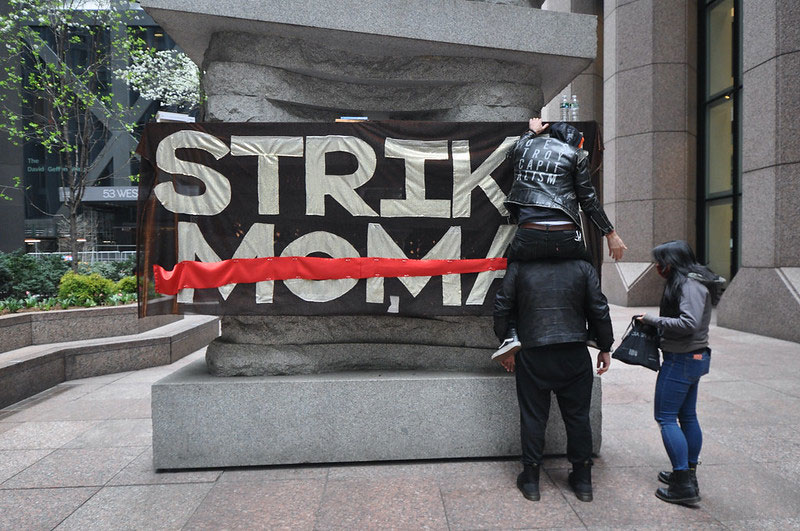January 19, 2011; Source: Huffington Post | What happens to public art, when sponsors or owners no longer want it? Temporary installations may be owned by the artists themselves, but when a piece has been commissioned to be semi-permanent? And is, potentially, humongous? What then?
Up until recently many works were demolished with the buildings they were a part of or dismantled and stored, but there seems to be a growing effort to restore, save and relocate the art. This can often be a very costly and complex process for site-specific hard to move pieces. Now, says this piece from Huffington Post, in some cases they are being sold through consignment to auction houses or in other cases donated to nonprofits.
Public Art programs provide an opportunity for artists to be commissioned to create work that everyone can see and experience. Much of it fits quirkily into its particular environment. It is sometimes edgy, sparking community appreciation for art.
Sign up for our free newsletters
Subscribe to NPQ's newsletters to have our top stories delivered directly to your inbox.
By signing up, you agree to our privacy policy and terms of use, and to receive messages from NPQ and our partners.
Many governments have recently instituted percent-for-art programs in which “a portion of new construction costs would be used for the acquisition of publicly displayed art.” The investment has resulted in installations of murals and sculptures throughout the country. But other public art is commissioned by corporations simply to enhance their image and in some cases those corporations move or the building it is attached to faces demolition.
The Huffington Post article discusses the disposition of a number of pieces and it is a peek behind the scenes that is well worth the read. We are also sure it may give some of the more enterprising of our readers some ideas.—Ruth McCambridge













